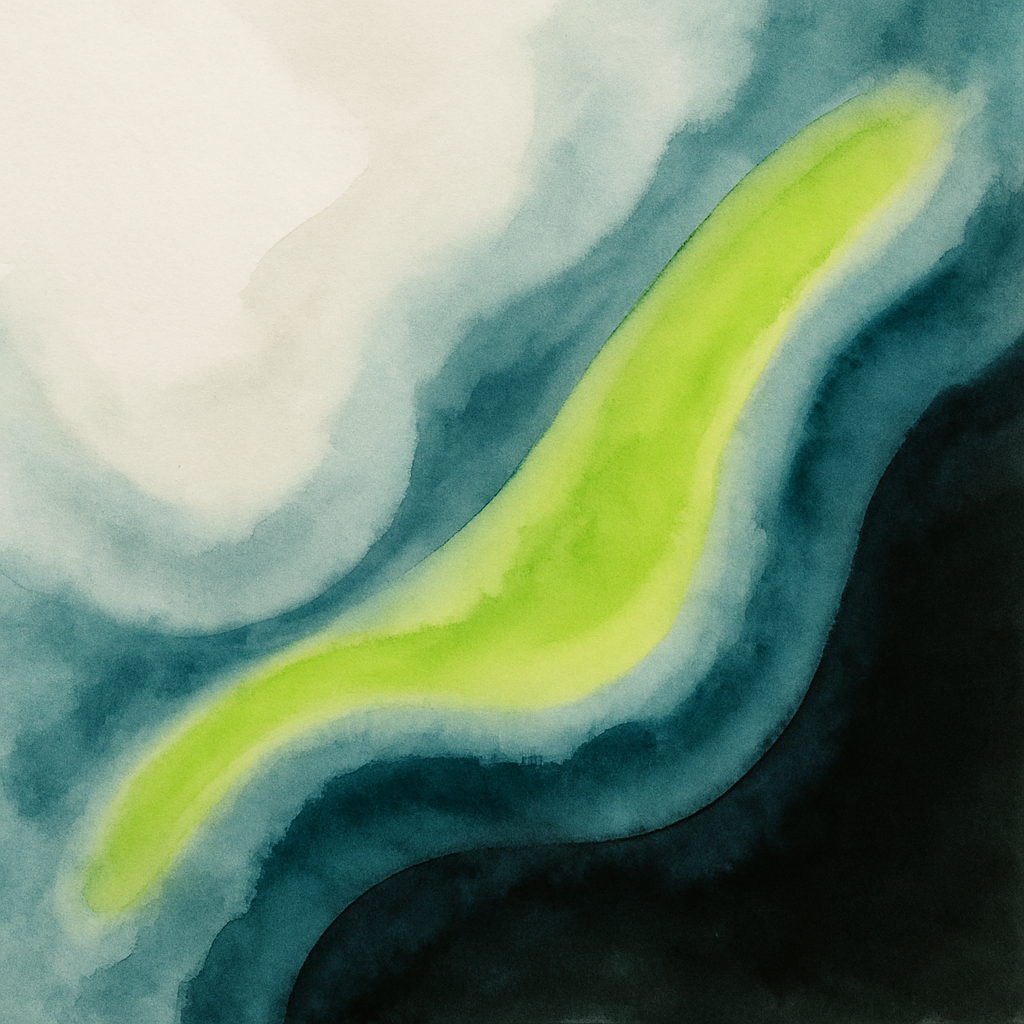
Coo-e: UX Design and Research Intern
2018-2019
After being scouted by its founder, I joined Coo-e for a 9-month internship. Coo-e was a globally distributed social-tech startup (which unfortunately did not survive the pandemic). I worked alongside one other intern, and together, we were responsible for the user experience, design, and research. Our scope spanned from defining the core experience, to testing and iterating with users, to designing new and advanced features.
Coo-e was built to make social connections effortless. At its core, it was a social coordinator—A place for a group of people to discuss and settle social plans through use of features like proposals, voting, chat, and statuses.
Key Contributions to Core Experience
-
A key target user of this application was college students, who expressed unique needs; Their schedules are dependent on factors difficult to account for when coordinating with others.
When a friends classes begin and end
How many people need to be present (e.g. for a game, to receive a discount)
Not knowing a schedule but knowing a general time frame
The “Suggest When” feature addresses these needs by…
Allowing for a specific or general date/time suggestions
Allowing for customizable start/end conditions
Linking features (voting, chat, schedule viewer) to proposals
-
The multi-time zone coordinator was a feature that enabled just that. This feature request came directly from the founder of the startup and enabled global and/or virtual coordination spanning time zones.
I was responsible for not only designing the multi-time zone coordinator feature’s UI, but also various UI elements layered throughout the experience (e.g. a time-zone indicator for profiles). -
As this was the core experience, I made a habit of regularly capturing feedback. I varied my methodology as the experience and research needs evolved, but it generally consisted of…
Street Intercept Interviews (5-7x weekly): In which customers both provided tangible feedback on the application as-is, and also expressed needs and desires shaping the future of the startup.
Surveys: Regularly iterated upon and re-launched to capture the needs and better understand the nature of social coordination in our target customers.
Unmoderated Usability (5x weekly): Recurring unmoderated usability studies were run to assess the practical functionality of the application, especially as changes were being made. SUS scores were calculated and monitored, along with qualitative think-aloud data and triangulated with data from other sources.
After focusing on the core experience, we begun research to support future opportunities. Specifically, we were interested in understanding how we might support broadening one’s social connections, and we’d ideated the following concepts…
Find Events: Introduces the concept of an open or public event which others may discover.
Find Groups: Similar to find events, this enables one to find a group to join for recurring engagements or activities.
Find Individuals: This concept enables ones profile to optionally be made public and discoverable either for friendships or romantic relationships (settings determined by user).
Recommender System(s): For each of the above.
Each of these concepts takes into account factors of: Existing social connection, location, existing/past events, and interests. These concepts led into the next stage of research: A large-scale social network survey.
Social Network Survey Research
To support the potential future opportunities, we needed information on…
What activities people are doing, and with whom.
How to identify and categorize activities one is or might be engaged in.
How to create a social network.
Trends regarding # of social activities engaged in, typical group sizes, etc.
I designed a custom web survey that would enable us to meet our learning goals, while being painless and engaging for our users.
At this time, we were beta testing the core experience. We’d decided that in order to be a beta tester, users must complete this survey, allowing us to learn even quicker.
The end-result of the survey (n=92) was twofold. For Coo-e we gained valuable insight on trends in activity type, location of activities, and discovered correlations between academic majors, activities, and number of connections as well as the prevalence of online activities (e.g. e-sports). For our users, they received a “Social Desktop”, a visualization of their social connections, activities, and more.
Usability Testing & Launch
I was responsible to lead extensive usability testing on both the survey and core experience (n=120). These tests were run iteratively, and involved regular syncs with engineering as we made changes.
I designed rigorous testing protocol and created a unified reporting sheet to better help our team collaborate. This sheet detailed the expected flow and recorded issues, categorized issues (bug, design, other), included qualitative feedback/quotes, screenshots and/or screen recordings, and quantified SUS scores by task.
The application launched 3 weeks after my internship ended, and was unfortunately short-lived (largely due to the pandemic, as social engagements were crucial for its utility).










